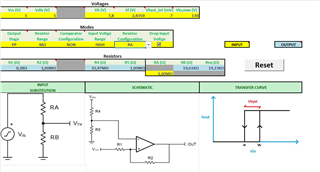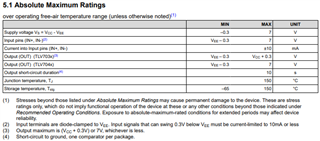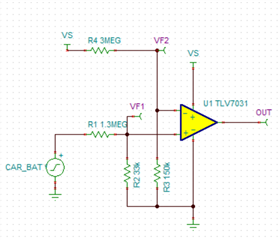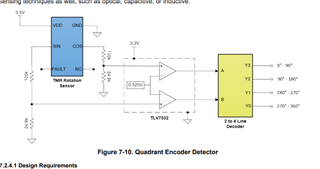Other Parts Discussed in Thread: TLV7032, TINA-TI
Tool/software:
Hello,
I am designing a digital input circuit that must withstand 150V transients. The operating temperature range is -40 to +85 degrees Celsius, and it needs to have low power consumption (less than 10 µA).
The schematic and simulation are attached.
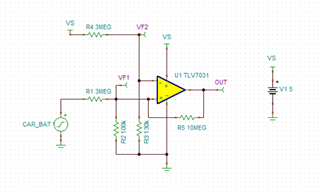
Could you please verify if the resistor values are suitable for the desired application, or if they are too large?
Best regards.



